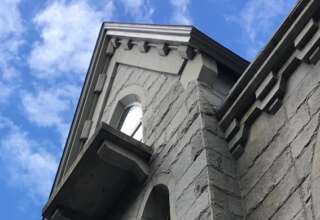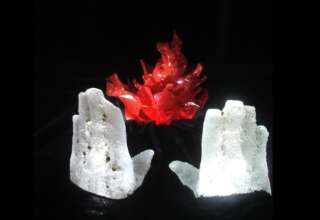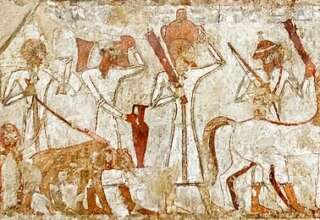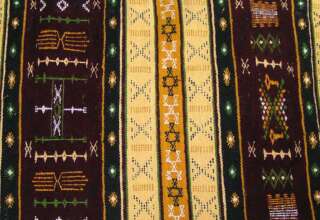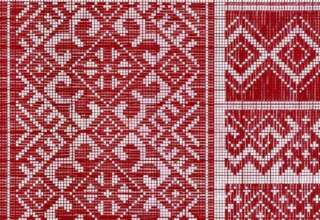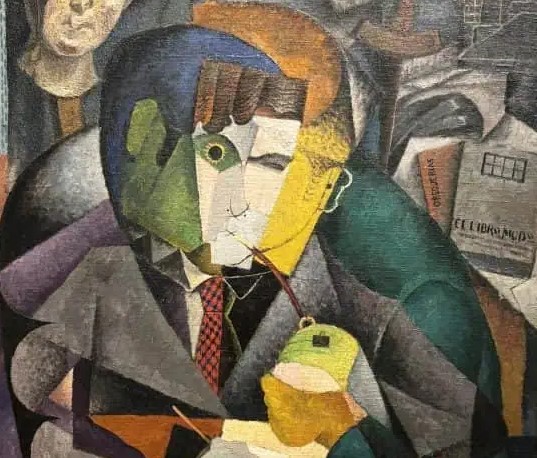
The Porfirian era (1876–1911), which brought relative peace after four decades of civil unrest and war, saw the development of philosophy and art, often with government support. Since that time, as accentuated during the Mexican Revolution, the government adopted and promoted the mestizo ideology to create a unified Mexican identity, characterized by the blending of different races and cultures. In light of the ethnicities that formed the Mexican people, José Vasconcelos in La Raza Cósmica (The Cosmic Race) (1925) defined Mexico and Latin America to be the melting pot of all races (thus extending the definition of the mestizo) not only biologically but culturally as well. Other Mexican intellectuals grappled with the idea of Lo Mexicano, which seeks “to discover the national ethos of Mexican culture.” Nobel laureate Octavio Paz explores the notion of a Mexican national character in The Labyrinth of Solitude.
Painting is one of the oldest arts in Mexico. Cave painting in Mexican territory is about 7,500 years old and has been found in the caves of the Baja California Peninsula. Pre-Columbian Mexican art is present in buildings and caves, in Aztec codices, in ceramics, in garments, etc.; examples of this are the Maya mural paintings of Bonampak or the murals found in Teotihuacán, Cacaxtla and Monte Albán. Mural painting with Christian religious themes had an important flowering during the 16th century, early colonial era in newly constructed churches and monasteries.
As with most art during the early modern era in the West, colonial-era Mexican art was religious during the sixteenth and seventeenth centuries. Starting in the late seventeenth century, and, most prominently in the eighteenth century, secular portraits and images of racial types, so-called casta painting appeared. In early post-independence Mexico, nineteenth-century painting had a marked romantic influence; landscapes and portraits were the greatest expressions of this era. In the 21st century, Mexico City became home to the highest concentration of art museums in the world. The country is also an epicenter for International art galleries and leading artists including Gabriel Orozco, Bosco Sodi, Stefan Brüggemann, and Mario García Torres.

